Looking for meaningful journal prompts for teens? Research from the University of Rochester Medical Center shows that journaling helps reduce teen anxiety and depression by up to 37%, while a 2023 study in the Journal of Adolescent Health found that teens who journal regularly are 42% more likely to effectively manage academic stress. These carefully selected journal prompts for teens offer a perfect starting point for self-discovery, emotional processing, and personal growth.
Common Questions About Teen Journaling
Before diving into the prompts, let’s address some frequent questions about journaling:
Q: What should I write in my daily journal? A: Start with your thoughts, feelings, experiences, or reactions to your day. There’s no “right” way to journal – you can write whatever feels meaningful to you.
Q: How do I start journaling when I don’t know what to write? A: Begin with simple prompts about your day, your feelings, or your goals. Even writing “I don’t know what to write” is a valid start – just keep going from there.
Q: What should I use my empty journal for? A: Your journal can serve multiple purposes: emotional release, goal tracking, creativity outlet, or daily reflection. Let it evolve naturally based on your needs.
Why These Journal Prompts for Teens Matter
The teenage years bring unique challenges that make journaling particularly valuable. These prompts help you:
- Process complex emotions and experiences
- Develop critical thinking skills
- Build self-awareness and confidence
- Reduce stress and anxiety
- Create a meaningful record of your personal growth

Getting Started: Your Journaling Practice
Basic Guidelines
- Choose your medium: Whether it’s a beautiful notebook, a digital journal app, or loose paper
- Set aside dedicated time: Even 5 minutes daily makes a difference
- Find your space: Create a comfortable, private environment
- Remember there’s no “wrong way” to journal
Quick Tips for Different Journaling Styles
- For emotional release: Write freely without editing
- For daily reflection: Use the “highlight and lowlight” method
- For creativity: Mix writing with drawings or doodles
- For mental health: Track moods and triggers
- For goal-setting: List objectives and progress

Powerful Journal Prompts for Teens
Self-Discovery & Identity Journal Prompts for Teens (When You’re Exploring Who You Are)
- What three words would your best friend use to describe you, and do you agree with them?
- If you could master any skill overnight, what would it be and why?
- What parts of yourself do you show to others, and what parts do you keep private?
- Write a letter to your future self five years from now
- What makes you feel most authentically yourself?
Emotional Processing (For When You’re Feeling Overwhelmed)
- What worries keep you up at night, and what helps you feel better?
- Describe a time when you felt strong emotions – how did you handle them?
- If your emotions were colors, what color would you be right now?
- What does happiness mean to you personally?
- Write about something that’s bothering you and three possible solutions
Relationships & Connection Journal Prompts for Teens
- What qualities do you value most in friendships?
- Write about someone who inspires you and explain why
- Describe a recent conflict and how you might handle it differently now
- What do you wish others understood about you?
- How do you show people you care about them?
Goals & Future Planning
- What does success look like to you? How is it different from others’ expectations?
- Write about three things you want to accomplish this year
- What obstacles stand between you and your dreams?
- Describe your ideal life ten years from now
- What small step could you take today toward one of your goals?
Creative Expression
- If your life were a movie, what would be the title and genre?
- Write a conversation between your present and past self
- Describe your perfect day using all five senses
- If you could have dinner with any three people, who and why?
- Create a superhero version of yourself – powers and weaknesses
Personal Growth
- What’s the most important lesson you’ve learned this year?
- Describe a challenge you overcame and what it taught you
- What are three things you’re grateful for today?
- Write about a failure and what you learned from it
- What advice would you give someone facing your current challenges?
Specialized Journaling Techniques
For Emotional Release
- Start with “I feel…” statements
- Use stream-of-consciousness writing
- Create dialogue between different parts of yourself
- Draw or doodle your emotions
- List your worries, then potential solutions
For Mental Health Support
- Track daily mood patterns
- Record triggers and coping strategies
- Note victories, no matter how small
- Practice gratitude listing
- Document self-care activities
For Creative Expression
- Write fictional scenarios
- Create character sketches
- Describe scenes using all five senses
- Compose poetry or song lyrics
- Design future scenarios
Making the Most of Your Journal
Common Challenges and Solutions
- “I don’t know what to write”: Start with describing your current environment
- “I don’t have time”: Try 5-minute quick writes
- “I’m not good at writing”: Remember it’s for you, not for others
- “I can’t be consistent”: Set reminders and link it to daily activities
- “I’m afraid someone will read it”: Consider digital options with password protection
Conclusion
These journal prompts for teens are designed to grow with you as you develop your writing practice. Remember, journaling is a personal journey – use these prompts as starting points and adapt them to fit your needs. Whether you’re writing for emotional release, personal growth, or creative expression, your journal is a safe space for exploring your authentic self.
Note from the Author: This collection of journal prompts for teens was created by combining insights from teen psychology experts, experienced educators, and real teens who use journaling for growth and self-expression.
Ready to take your journaling practice even further? Explore my comprehensive journaling books: “Write Your Way” for mastering the craft of personal journaling and “The Art of Journaling” for deeper insights into journaling techniques.







